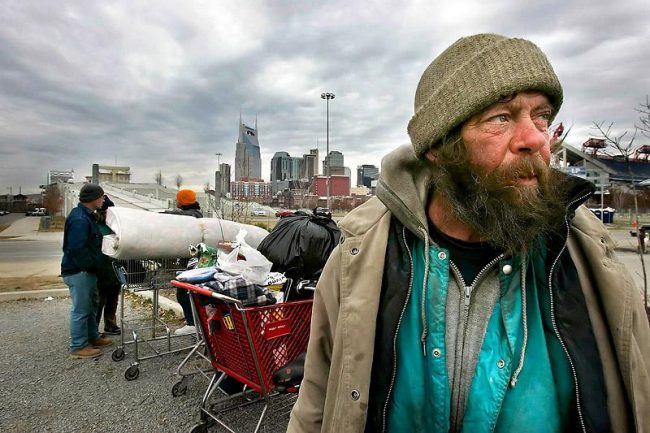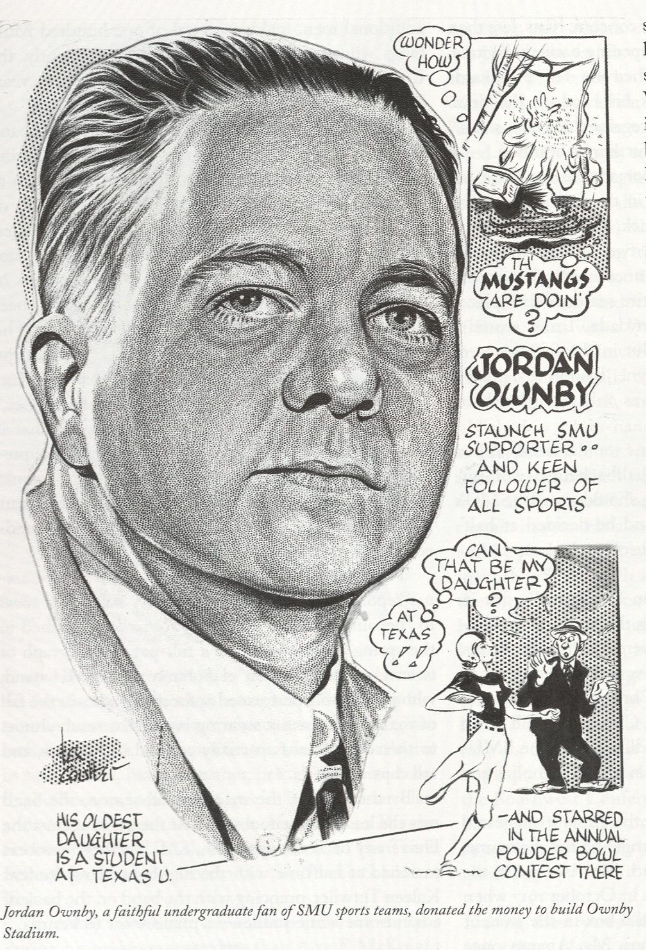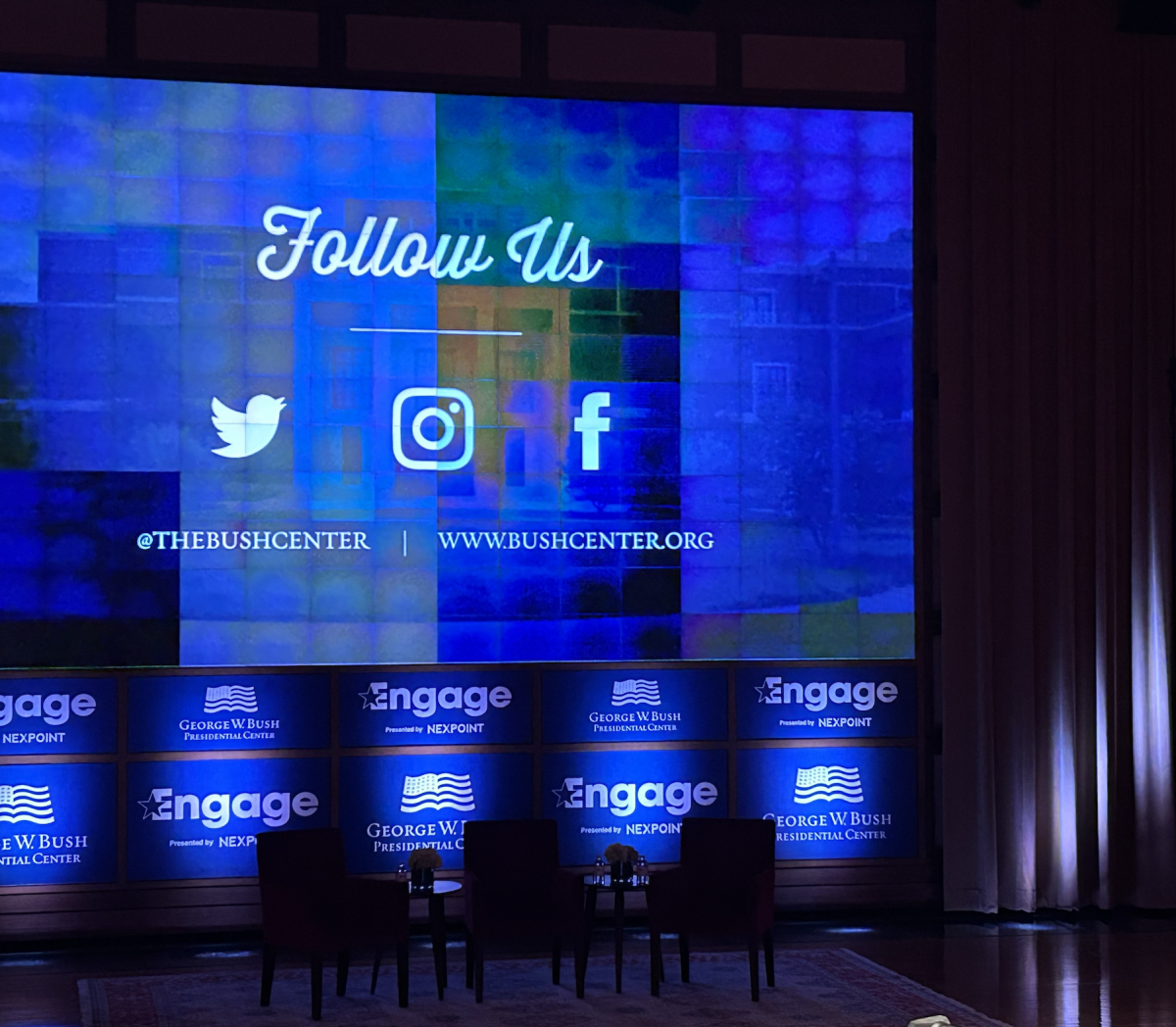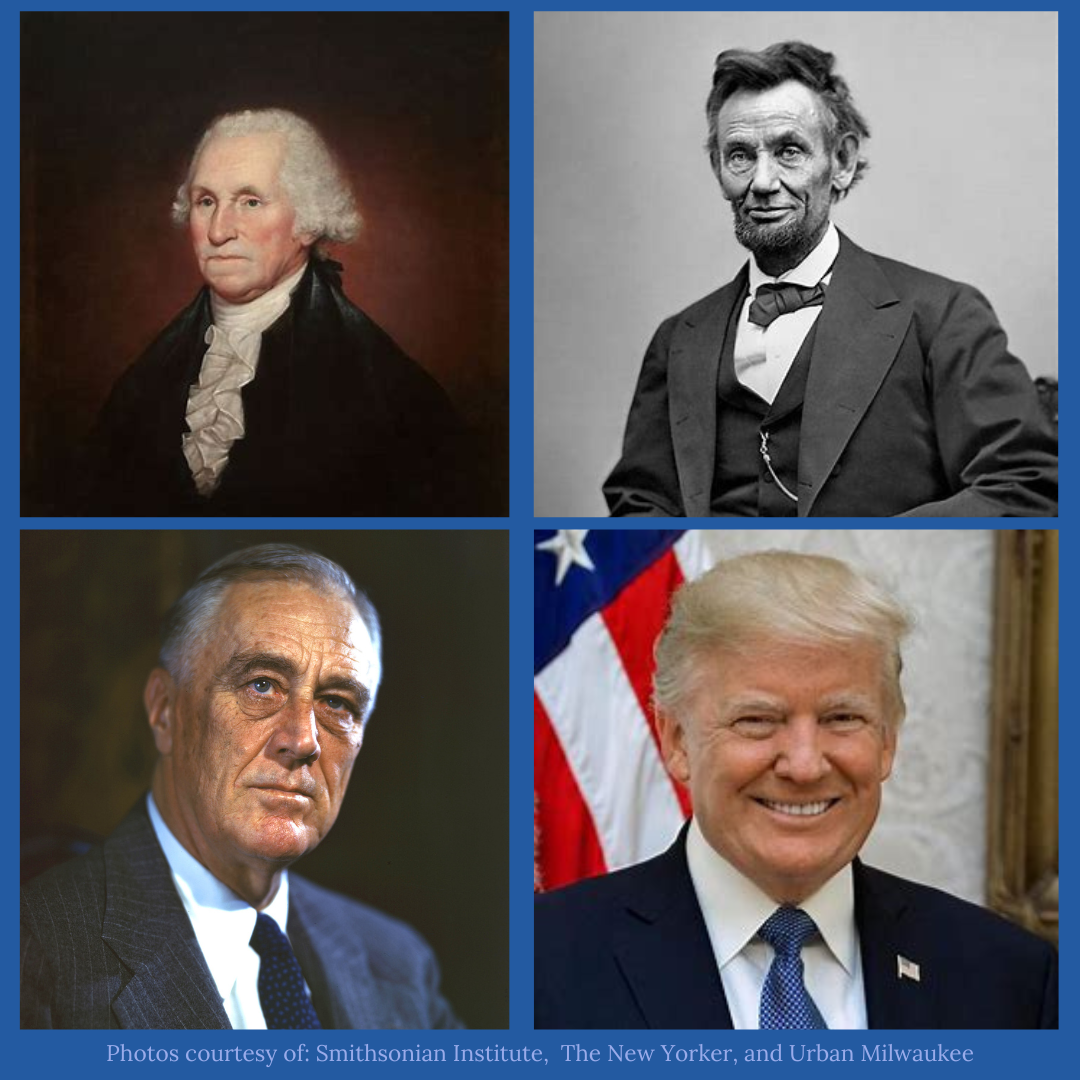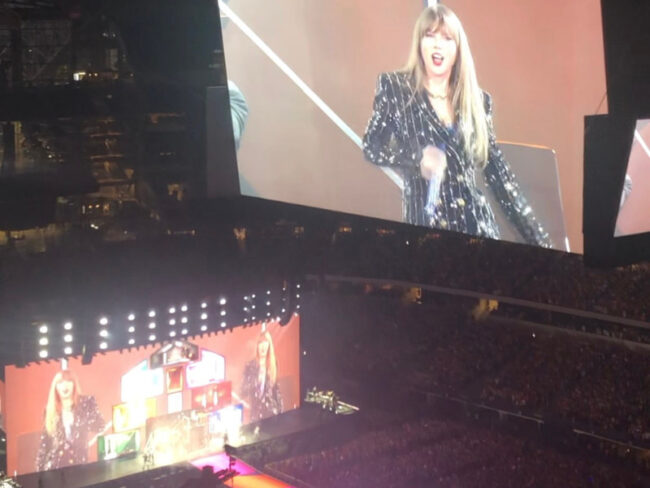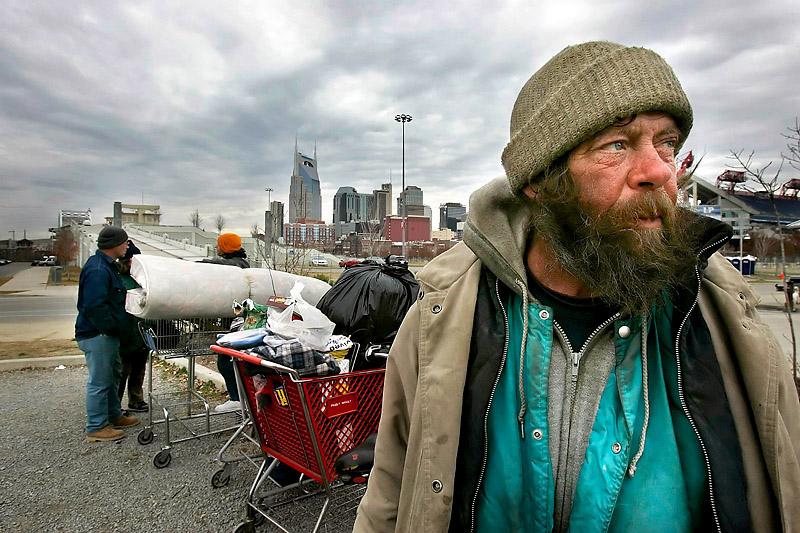
More than 16% of the United States population is living in poverty. (Courtesy of Hands on Blog)
For a kid growing up in a third world country half way across the globe, America represents itself in very special ways. The world’s greatest super power: the land of the free and home of the brave where so many nice things originate like McDonald’s and Microsoft to Coca-Cola and Hollywood.
It hosts some of the best institutions in the world and some of the most advanced technologies in most areas of life. The maximum number of billionaires in the world lived here, and many of them made it out big simply because of the capitalist and democratic advantages that are characteristic of the U.S.
To the majority of the rest of the world, America itself is more of a celebrity than any movie star it has produced.
And this has to be America’s greatest soft power: its brand image. Especially in an Anglophone country like India, America makes inroads to the remotest places. Almost everyone I knew back home had the grandest opinions about the U.S. It is not surprising that statistically, India has the largest population outside the US who is pro-American.
So indeed, I came to America as a graduate student with stars in my eyes. I had heard about it, I had visualized it, dreamed about it, drank Pepsi, loved hamburgers and definitely loved my iPhone.
And indeed, America lived up to most of what I thought it would be. From the mesmerizing city skylines to well oiled organizational structures, America turned out almost exactly as what it said on the box.
But in the first few weeks into my life here, I had to come to grips with the fact that even the mighty giant had weak spots: the revelation that poverty, however diminutive it may be, is as much a reality of America as Hollywood.
In the 1991 fiction novel “The Inscrutable Americans,” author Anurag Mathur talks about how the rich and powerful image of America can conceal the face of the struggling sections of its society to the rest of the world.
And how true I found this to be.
Soon after I arrived in the U.S., I was having breakfast at a restaurant in Highland Park – one of the most expensive places to live in Dallas – and I suddenly heard a commotion outside: a homeless man in rags and looking almost deranged suddenly took seat outside the restaurant and was harassing passersby.
The police were called, and they soon took him into custody.
And when I started exploring Dallas more and more, I found myself passing by neighborhoods and communities that were a far cry from the stereotypical American image of richness and glossiness.
They were indeed downright poor. I soon became used to the sight of people begging at intersections and seeing destitute homeless people living under bridges or in dark downtown alleys.
Sometimes I wonder if someone forced this way to the fringes of the society here in America is any different than someone in the poorest parts of Africa or Asia.
Whether they have more hope of escaping their destituteness into a better life more easily because of the high social indices of the U.S. And more importantly, if they themselves felt this hope.
Because when you do not have any money and beg on the streets, whether it is on a sidewalk in New York or a village in South Asia, suffering and helplessness has just one face.
And really, you have to travel all the way to both places to know that it is true.
Sunil is a graduate student in Lyle School of Engineering.







